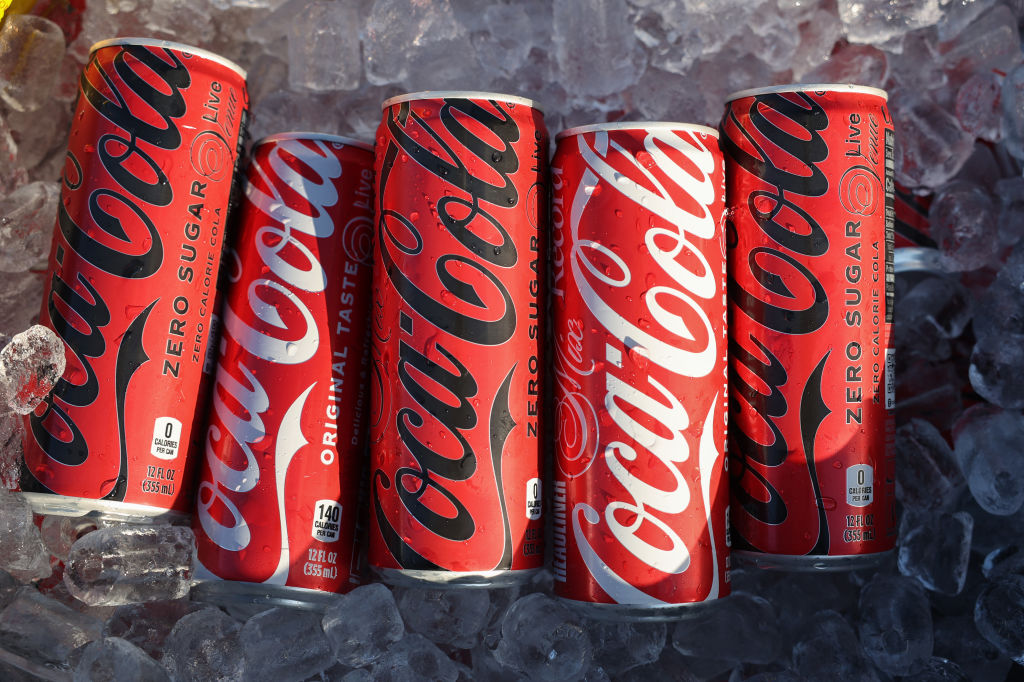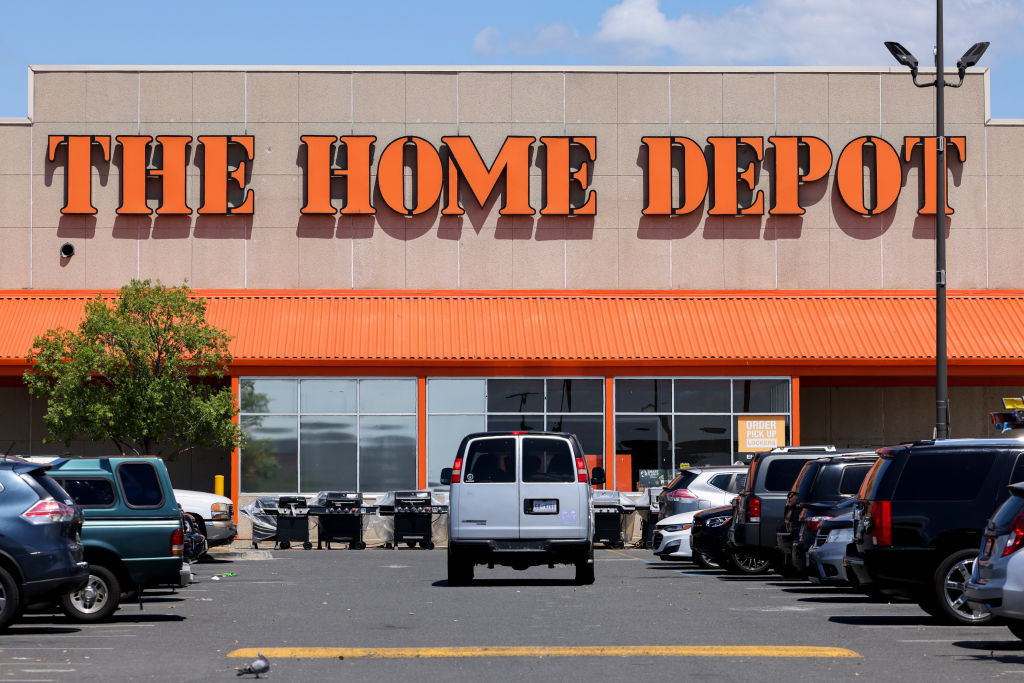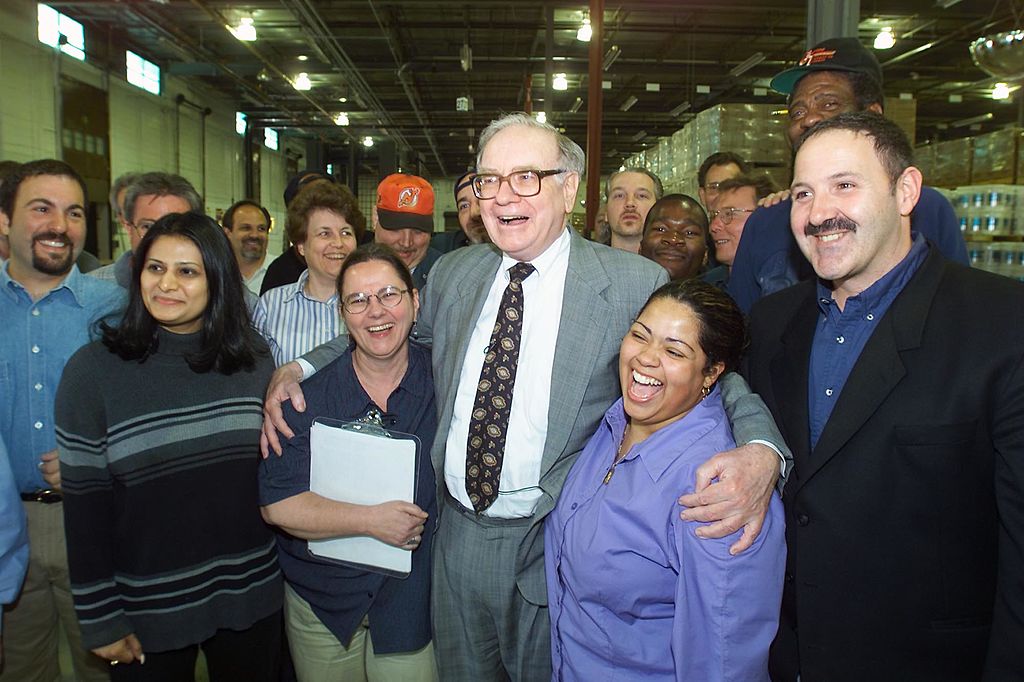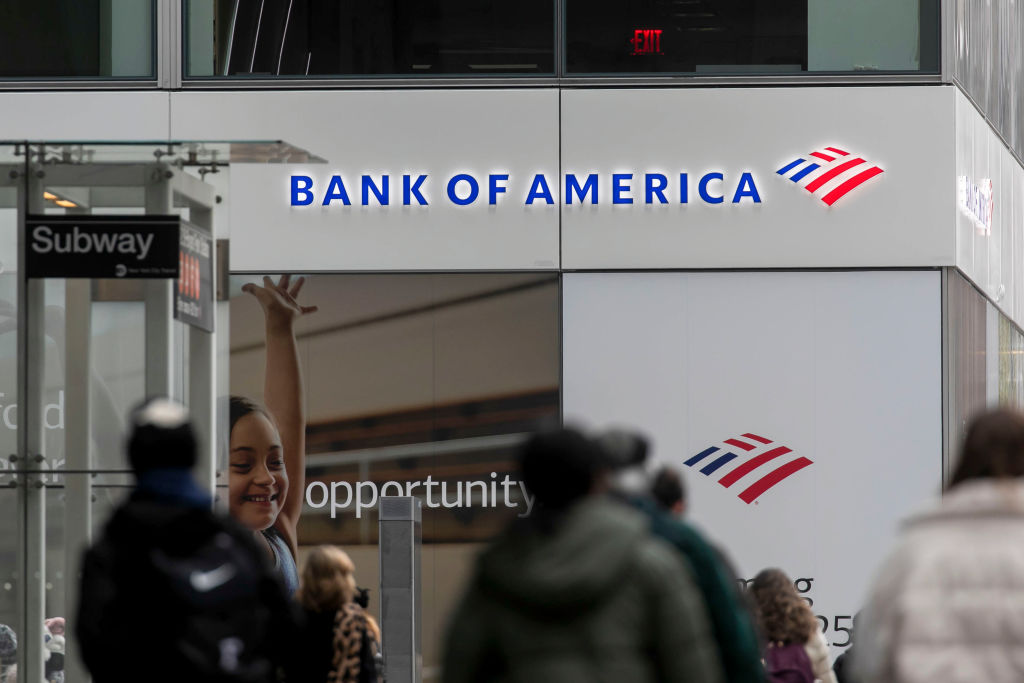How High Can Flowserve Go?
The stock of this maker of industrial components that serve the oil and gas industry has seen a huge run-up, but it may continue to pump out gains.

In stocks, as in any treacherous market, it pays to have connections. But the only connections that seem to count on Wall Street today are those to the oil industry. Found a stock with some lift? It's probably nabbed a piece of the black-gold pie.
Or at least that would explain the market's affinity for Flowserve, says Ned Armstrong, analyst with Friedman, Billings, Ramsey & Co. Flowserve (symbol FLS) manufactures pumps, valves and seals. Not the kind of stuff that makes your toilet flush, but heavy-duty industrial components as large as your living room. Flowserve's products are generally highly specialized and may, for example, have to operate under extreme temperatures or pressures.
Such products are vital for heavy industries, such as chemical and water processing. They're also needed to get oil out of the ground and refine it. "The view from 10,000 feet is that Flowserve is a play on high oil prices," Armstrong says. "But it's more complicated than that."
From just $107.88 $24.99 for Kiplinger Personal Finance
Become a smarter, better informed investor. Subscribe from just $107.88 $24.99, plus get up to 4 Special Issues

Sign up for Kiplinger’s Free Newsletters
Profit and prosper with the best of expert advice on investing, taxes, retirement, personal finance and more - straight to your e-mail.
Profit and prosper with the best of expert advice - straight to your e-mail.
Maybe so, but it's hard to care when the stock has returned 55% annualized over the past four years. Flowserve has rocketed from from $23 in 2004 to its closing price of $129.69 on June 13. Year-to-date through June 13, the stock has gained 35%. Pretty snazzy considering that the overall market is down 9% for the year.
To be sure, oil prices have played a part. Cash-laden oil drilling and refining companies have more to spend for buying new projects and replacing and refurbishing old parts. Flowserve derives 41% of its orders from the oil and gas industry.
To the extent a company can have a brand presence in something as stodgy as pumps and valves, Flowserve's got it. "Depending on whom you ask, Flowserve comes out number one or number two for any particular product it sells," says Charles Brady, an analyst with BMO Capital Markets.
That market edge helps drive repeat business. "Say you have a pump or valve that needs to be replaced -- if it's a Flowserve product you'll probably replace it with a Flowserve product," Brady says. A mechanical failure at, say, an oil refinery can cost a company millions of dollars within a few hours, he says. The risk of changing suppliers just to save a few bucks is too great.
Good, old-fashioned customer service has also boosted Flowserve's presence. It now operates more than 150 "Quick Response Centers" around the globe. These centers are often located next to major customers such as a refinery, so that Flowserve's engineers can arrive quickly if something goes wrong. All told, the company has more than 14,000 employees in more than 55 countries.
You can hardly blame investors for their exuberance. Profits in 2007 jumped 123% from 2006. In the first quarter of 2008, Flowserve, which has a market value of $7.7 billion, reported earnings per share of $1.53, a 159% surge from the first quarter of 2007. Earnings per share have beaten the average analyst estimate in each of the past five quarters.
Sales are booming, too. Revenues in 2007 rose 23%, to $3.8 billion; that followed a 40% jump in 2006. Flowserve's order backlog has been climbing -- to a record $2.9 billion in the most recent quarter. Flowserve derives 63% of sales abroad.
The company has made dramatic operational improvements over the past four years. The majority of the current management team, including Chief Executive Lewis Kling and Chief Financial Officer Mark Blinn, has joined the Irving, Tex., company since 2004.
Before the new leaders arrived, Flowserve had problems keeping a handle on costs and keeping track of inventory and accounts. But the new team has dramatically improved efficiency, streamlined operations and substantially paid down debt. "Management is driving profitability to levels that, frankly, I think a lot of people didn't believe was possible," Brady says. A testament to the company's newfound financial health, Flowserve began paying a modest quarterly dividend in June 2007. The stock yields 1%.
So have investors already pumped all the gains to be had from these shares? At its current price, Flowserve trades for 21 times the average analyst earnings estimate for 2008 of $6.24 per share of $6.24, and for 18 times 2009 estimates of $7.35 per share. The stock looks pricey by those measures, but at least one analyst thinks management might be low-balling its earnings guidance. That seems plausible given the company's history of earnings surprises, in which case Flowserve shares may have some juice yet.
Armstrong cautions that the industries Flowserve caters to tend to move in cycles. "Some cycles are longer than others, but ultimately there's a reversion to the mean," he says. But, as Brady points out, even when orders for new products and replacements slow, customers will still need to spend on servicing existing products, and that is actually the more profitable side of the business. He rates the stock "Market Perform," but thinks Flowserve has solid long-term prospects.
Profit and prosper with the best of Kiplinger's advice on investing, taxes, retirement, personal finance and much more. Delivered daily. Enter your email in the box and click Sign Me Up.

-
 23 Last-Minute Gifts That Still Arrive Before Christmas
23 Last-Minute Gifts That Still Arrive Before ChristmasScrambling to cross those last few names off your list? Here are 23 last-minute gifts that you can still get in time for Christmas.
-
 The Rule of Compounding: Why Time Is an Investor's Best Friend
The Rule of Compounding: Why Time Is an Investor's Best FriendDescribed as both a "miracle" and a "wonder," compound interest is simply a function of time.
-
 4 Great Tools to DIY Your Own Financial Plan
4 Great Tools to DIY Your Own Financial PlanSmart Savings Several tools picked out by Kiplinger that DIYers can use to make their own financial plan.
-
 If You'd Put $1,000 Into Coca-Cola Stock 20 Years Ago, Here's What You'd Have Today
If You'd Put $1,000 Into Coca-Cola Stock 20 Years Ago, Here's What You'd Have TodayEven with its reliable dividend growth and generous stock buybacks, Coca-Cola has underperformed the broad market in the long term.
-
 If You Put $1,000 into Qualcomm Stock 20 Years Ago, Here's What You Would Have Today
If You Put $1,000 into Qualcomm Stock 20 Years Ago, Here's What You Would Have TodayQualcomm stock has been a big disappointment for truly long-term investors.
-
 If You'd Put $1,000 Into Home Depot Stock 20 Years Ago, Here's What You'd Have Today
If You'd Put $1,000 Into Home Depot Stock 20 Years Ago, Here's What You'd Have TodayHome Depot stock has been a buy-and-hold banger for truly long-term investors.
-
 What the Rich Know About Investing That You Don't
What the Rich Know About Investing That You Don'tPeople like Warren Buffett become people like Warren Buffett by following basic rules and being disciplined. Here's how to accumulate real wealth.
-
 If You'd Put $1,000 Into Bank of America Stock 20 Years Ago, Here's What You'd Have Today
If You'd Put $1,000 Into Bank of America Stock 20 Years Ago, Here's What You'd Have TodayBank of America stock has been a massive buy-and-hold bust.
-

 If You'd Put $1,000 Into Oracle Stock 20 Years Ago, Here's What You'd Have Today
If You'd Put $1,000 Into Oracle Stock 20 Years Ago, Here's What You'd Have TodayORCL Oracle stock has been an outstanding buy-and-hold bet for decades.
-
 How to Invest for Rising Data Integrity Risk
How to Invest for Rising Data Integrity RiskAmid a broad assault on venerable institutions, President Trump has targeted agencies responsible for data critical to markets. How should investors respond?
-
 If You'd Put $1,000 Into Sherwin-Williams Stock 20 Years Ago, Here's What You'd Have Today
If You'd Put $1,000 Into Sherwin-Williams Stock 20 Years Ago, Here's What You'd Have TodaySherwin-Williams stock has clobbered the broader market by a wide margin for a long time.